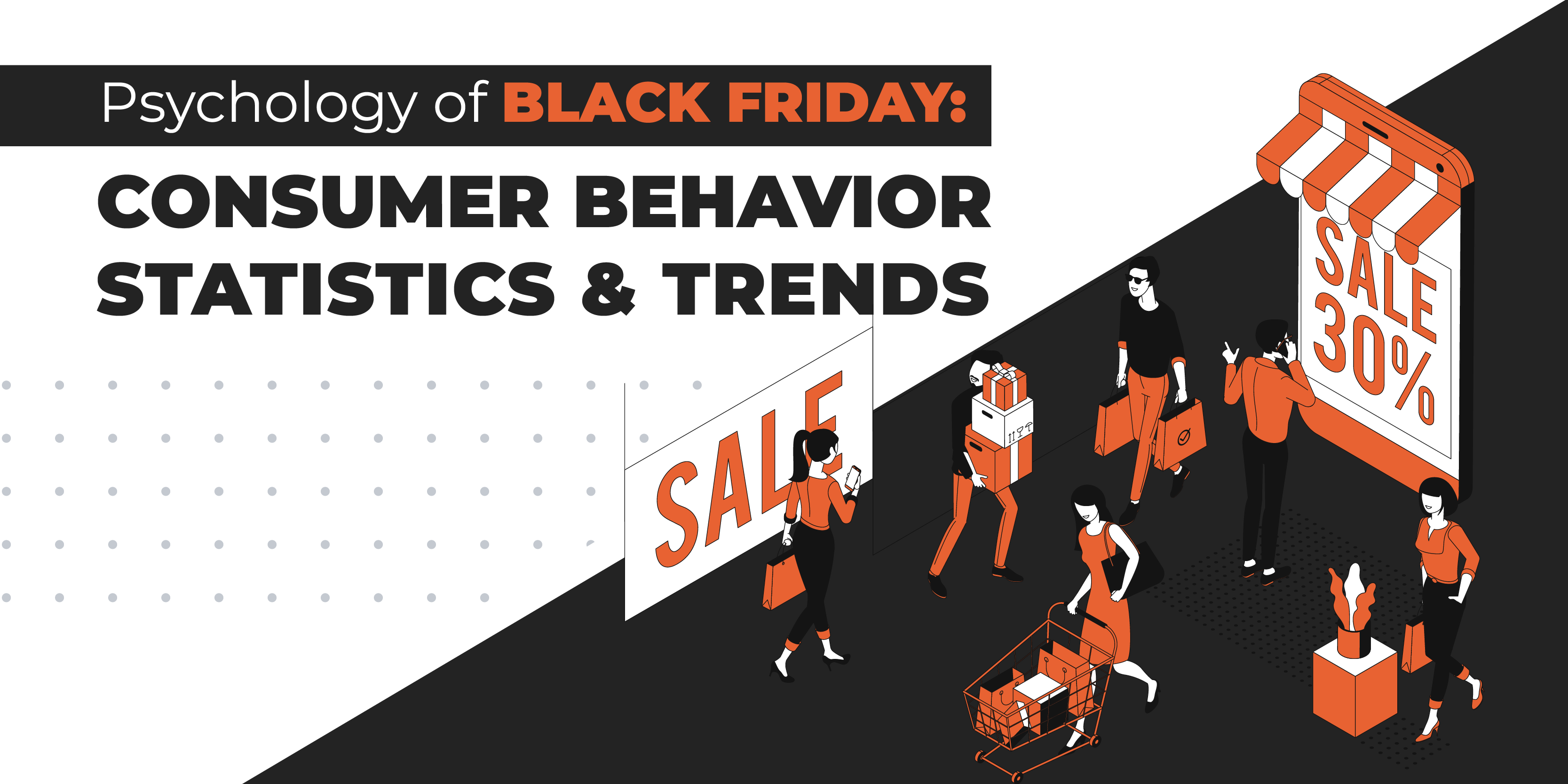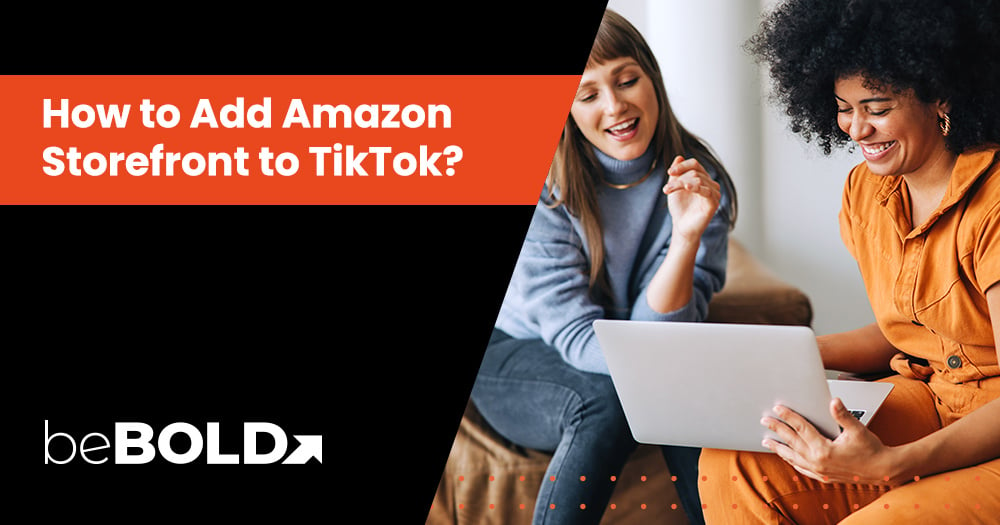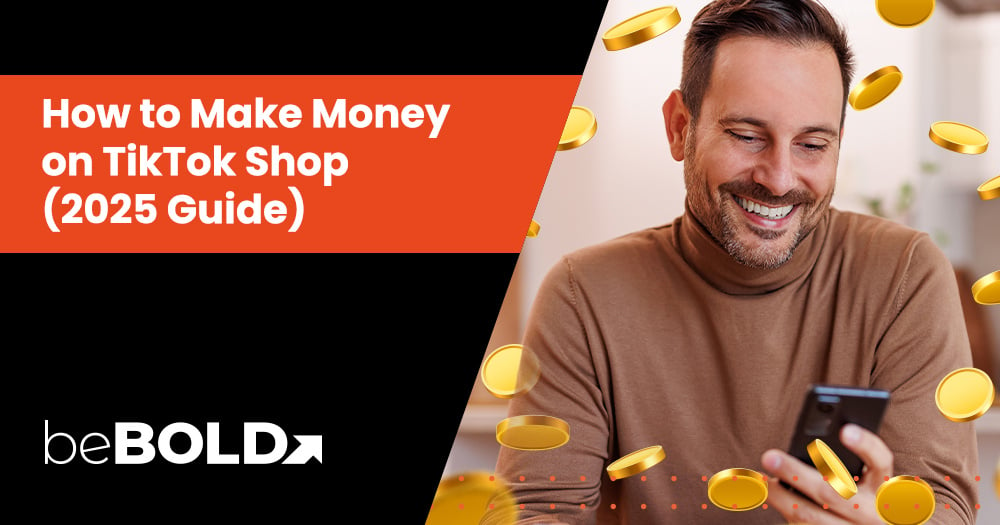Black Friday has evolved from a simple post-Thanksgiving sales event into a global shopping phenomenon. It marks the unofficial start of the holiday season and generates a frenzy of consumer activity.
Understanding the psychology behind Black Friday is crucial for sellers, as it sheds light on the complex motivations, triggers, and behaviors that drive consumer participation. This article delves into these psychological aspects, offering insights that can help retailers adapt and thrive in an increasingly competitive market.

What is Black Friday?
Black Friday, traditionally held the day after Thanksgiving, has become one of the most anticipated shopping events of the year. It marks the unofficial start of the holiday shopping season, with retailers offering deep discounts and exclusive specials across a wide range of products.
What began in the US has already spread throughout the world, drawing millions of consumers eager to take advantage of the significant savings on Black Friday. Shoppers often plan their purchases for weeks and endure long lines or repeatedly refresh their browsers to secure the best deals.
For retailers, Black Friday is more than just a day of increased sales; it's a pivotal moment to capitalize on the heightened consumer demand that characterizes the holiday season. This event allows retailers to clear out old inventory, introduce new products, and attract new customers.
The History of Black Friday
Where does the term "Black Friday" come from? And how did it grow to be such a powerful force in culture? Here's a short history:
Origin of the term "Black Friday" (1950s-1960s)
The Black Friday craze was caused by people rushing to buy holiday presents the weekend after Thanksgiving. The chaos inspired Philadelphia and New York police to call those days Black Friday and Saturday because of all the extra work the chaos created. Retailers did not enjoy the negative connotations, but the name stuck.
Spread and popularization (1980s)
By the 1980s, retailers nationwide adopted "Black Friday" but wanted to drop the negativity. Instead, they related the term to an old accounting practice of marking losses in red ink and profits in black. They claimed that most retailers operate "in the red" throughout the year and only profit during the holiday season, which is why they began accepting the term Black Friday.
Growth of Black Friday sales events (1990s-2000s)
In the 1990s, significant discounts and extended hours became the norm as Black Friday was officially declared the biggest shopping day of the year. Merchants wanted to capitalize on it by creating more deals to attract crowds of shoppers. The 2000s saw the beginning of online Black Friday sales as a new channel for even larger profits.
Introduction of Cyber Monday (2005)
As online shopping became more established, "Cyber Monday" was introduced in 2005 to encourage online shopping the Monday after Black Friday. It was a marketing strategy that successfully extended the shopping frenzy.
Global expansion (2010s-Present)
Black Friday gained global popularity in the 2010s because international corporations wanted to replicate the high sales seen in the US. Many retailers began hosting multiple shopping events throughout November, cementing Black Friday’s status as an international hit.
Consumer Behavior Statistics on Black Friday
Getting a complete idea of how popular and effective the event is as a marketing opportunity can be challenging. Here are some Black Friday statistics that can help paint the full picture:
1. During Thanksgiving weekend 2023, a total of 200.4 million shoppers participated, with over 80% of them shopping on Black Friday
Over the five-day holiday weekend from Thanksgiving to Cyber Monday, 200.4 million consumers made purchases, breaking the previous record of 196.7 million.
This figure exceeded the National Retail Federation's initial projection of 182 million shoppers by over 18 million. The statistic highlights Black Friday’s continued dominance as the year’s peak shopping day and demonstrates widespread consumer engagement and anticipation.
2. Black Friday 2023 saw 76.2 million in-store shoppers, marking a 4.5% increase from 2022, while online shoppers surpassed 90 million, up by 7.5% since the previous year
In 2023, Black Friday remained the most popular day for online shopping in the US, with internet shoppers increasing by over 4% from 2022’s 87 million. Less than a third of consumers planned to shop in-store, with nearly 45% citing overcrowded stores as a key deterrent.
E-commerce has clearly become the preferred option, yet the event's popularity persists both online and in-store. Sellers can maximize their reach by adopting omnichannel strategies to cater to both types of customers.
3. Amazon reported over 1 billion items sold during their 11-day Black Friday sale event in 2023
As the world's biggest online marketplace, you can expect Black Friday on Amazon to be a major event. And it certainly was in 2023.
Amazon conducted astonishing business during its 11-day Black Friday sale event in 2023. The Amazon search algorithm facilitated over 1 billion items being sold! The immense scale of online shopping during this period reflects how effective extended sales can be.
4. On average, each Black Friday shopper spent $397.64 in 2023
You may expect the massive sales to hurt the retailers' bottom lines, but the average amount spent per customer was $397.64 in 2023. That's probably well over what they typically earn per customer on any given day. Black Friday customers are willing to spend substantial amounts on discounted prices.
5. Electronics topped the list as the most popular shopping category leading up to and including Black Friday 2023, followed by apparel, furniture, groceries, and toys
Electronics and clothing were the two most popular product categories during the holiday shopping season in 2023, followed by furniture, groceries, and toys.
Together, these five categories were responsible for more than half of the surge in sales experienced in November. Savvy shoppers emerged this year, eager to maximize savings during major sales events, with a strong preference for tech, practical goods, and gifts for the little ones.
4 Key Psychological Drivers of Black Friday Consumer Behavior
You may wonder what drives people into such a frenzy during Black Friday. Why does competition become so fierce when other promotions fail to get even close to the same traction? The psychology of Black Friday is surprisingly similar to more common sales, just amplified to the extreme:
1. Impulse buying
Impulse buying is spontaneous, unplanned purchasing driven by emotions and instant gratification. Emotions are high, and prices are low during Black Friday, which makes impulse buying rates soar. Reflecting this tendency, the majority of shoppers in the United States regret at least one of their past Black Friday purchases.
Stores capitalize on this desire by surrounding the customers with many deals on Black Friday. Common tactics include:
- Limited-time offers, such as only having the sale for the first few hours of Black Friday
- Flash sales and doorbusters, where big-ticket items are sold at enormous discounts
- Psychological pricing strategies, like offering items at prices that end in .99 instead of 0
2. Scarcity tactics
Scarcity tactics create a sense of urgency by limiting product availability, prompting consumers to act quickly to avoid missing out. This strategy taps into the fear of missing out (FOMO) and significantly impacts purchasing decisions, especially during high-pressure events like Black Friday.
Retailers employ several scarcity tactics to drive sales:
- Limited stock announcements, where stores advertise that only a few items are available, prompting quick purchases
- Countdown timers on websites that emphasize the limited time remaining to secure a deal heighten the sense of urgency
- Exclusive deals where items are only available to specific customers or for a very short time, making the offer seem even more valuable
3. Social proof
Social proof is a psychological effect where people look to the actions and opinions of others to guide their own behavior.
During Black Friday, social proof is a powerful driver of consumer behavior, as shoppers are influenced by what others are buying, reviewing, and recommending. This herd mentality can lead to increased sales, as consumers are more likely to purchase popular or well-reviewed items.
Retailers leverage social proof during Black Friday in several ways:
- Customer reviews and testimonials prominently displayed on product pages to build trust and encourage purchases
- Social media influence, where posts and shares about great deals create buzz and attract attention to specific products
- Influencer endorsements can significantly boost a product's appeal, especially among younger demographics
4. Emotional gratification and rewards
Emotional gratification and rewards refer to the positive feelings consumers experience when they secure a good deal or make a desired purchase. Black Friday shopping is often driven by the thrill of finding bargains and the satisfaction of getting something at a lower price.
This emotional high can lead to increased spending as shoppers chase the rewarding feeling of each purchase. Retailers further enhance this emotional gratification through the following:
- Loyalty programs that offer points or rewards for Black Friday purchases encourage repeat buying.
- Exclusive discounts for members or returning customers, making them feel valued and appreciated.
- Special promotions that give shoppers a sense of accomplishment and joy when they successfully snag a deal.
4 Consumer Behavior Trends Shaping Black Friday Today
Just as Black Friday once evolved from a negative term and a US-only event, it continues to change today. Staying ahead of these shifts can allow your business to capitalize fully on this retail spree.
1. Expansion of pre-Black Friday sales
Retailers like Amazon and Walmart have begun rolling out Black Friday deals weeks in advance, offering special discounts and promotions starting early in November.
This strategy helps manage the logistical challenges of a single-day sales surge while keeping consumers engaged over an extended period. By spacing out the sales, retailers can also smooth out inventory and shipping demands, providing a better overall shopping experience.
2. Use of advanced technology in marketing
The continuing adoption of AI tech is enhancing how retailers approach Black Friday marketing. By analyzing vast consumer data, retailers can create highly targeted online marketing strategies that resonate with individual shoppers.
For example, AI-driven recommendation engines suggest products based on past purchases and browsing history, increasing the likelihood of conversion. Additionally, data analytics help retailers anticipate demand trends, ensuring they stock popular items and avoid shortages, ultimately leading to higher customer satisfaction.
3. Growing influence of content creators
Influencers on platforms like Instagram, TikTok, and YouTube often showcase exclusive Black Friday deals and offer promotional codes to their followers. Having replaced celebrities as the most trusted endorsers by younger generations, influencers are likely to play a more active role in 2024 Black Friday marketing.
This approach is particularly effective because it leverages the trust and connection influencers have built with their audience. Retailers also use online ads to create a sense of urgency around limited-time offers, driving more traffic to both their online and physical stores.
4. Increase in mobile shopping
Phones have emerged as the most popular device for online shopping, beating laptops and tablets. In response, retailers are optimizing their websites and apps for mobile users to provide a seamless shopping experience.
Features like mobile-exclusive deals, easy payment options, and real-time notifications about sales events are designed for on-the-go shoppers. This convenience allows consumers to take advantage of Black Friday deals from anywhere, driving higher engagement and sales.
The Biggest Shopping Day in the World
Black Friday is perhaps the most potent example of how consumerism continually evolves, shaping and reshaping retail globally. To thrive during these fiercely competitive periods, sellers must stay attuned to shifting trends. As the biggest shopping day in the world continues to grow, adaptability and forward-thinking are key to success.
If you're an Amazon seller looking to excel this Black Friday, consider beBOLD Digital! As a verified full-service Amazon agency, we can help you achieve your goals through our Amazon account management services. Contact us today to start planning for your retail success.







Comments